At the point when The Legend of Zelda: A Link to the Past came out on the Super Nintendo in 1992, there were just two other Zelda games in presence. The first, obviously, being the first Legend of Zelda and the second being its continuation, Zelda II: The Adventure of Link. The two were altogether different from each other, with one a hierarchical experience game, and the other, a side-looking over RPG half breed. Players at the time probably won't have known which course Nintendo would take, or then again if something totally new would be done inside and out. A Link to the Past, fortunately, was a re-visitation of the exemplary equation that had made the first a work of art.
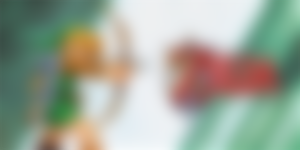
A Link to the Past tosses you directly in the center of the activity. One turbulent evening, Link hears Princess Zelda's voice. She has been caught in Hyrule Castle by the dim wizard Agahnim and requirements you to save her. Connection sneaks into the sewers of the Castle to track down his harmed uncle, who hands Link his blade and safeguard. You slither through the palace labyrinth, in the long run discovering Zelda and driving her to wellbeing. From that point, you are entrusted with discovering three enchantment pendants, which will permit you to draw the Master Sword, the lone weapon fit for crushing Agahnim. You leave the asylum, and the natural overworld subject of the first Zelda begins to play. The game has now started.
For the individuals who played the primary Zelda, this game nearly feels like a change. Zelda maker Shigeru Miyamoto even called it "the genuine continuation of the Legend of Zelda." Just like the first, it's from a hierarchical viewpoint, while the wide nation of Hyrule is free for you to investigate. The greatest change is in the illustrations, which have a more extensive range of tones and more itemized developments than the previous games. An incredible scene is the point at which you first discover the Master Sword stowed away in an old woods. Little creatures are hurrying about and the daylight spills down through the foliage. Like King Arthur, you draw the overgrown blade from its stone and reestablish it to its previous magnificence.
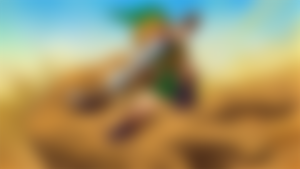
Where A Link to the Past goes past the past games is in its degree. You not exclusively can investigate Hyrule, however the Dark World also. The Dark World can be reached either by entryways covered up all through the game or by utilizing the Magic Mirror. This was the main Zelda game to have an equal world adjoining Hyrule, which was subsequently executed to incredible impact in Twilight Princess. At the point when Agahnim first sends you to the highest point of that pyramid and the music of the Dark World beginnings, the player can't resist the urge to feel chills. A large part of the game requires you go to and fro between these universes to gain new things or to go into new spots.
The prisons are likewise a superb test. In contrast to the main game, they have layers. You can run down the steps, drop down openings, or tear open openings to send light down to a lower level. As not out of the ordinary, there is a great deal of backtracking and flip-exchanging. A Link to the Past likewise embraces the wizardry meter from Zelda II. This can make prison slithering significantly simpler, since spells like Ether or Quake can get a room free from foes. My number one things to use against the managers were the Magic Cape and the Cane of Somaria. They make you immune to foe assaults while you use them. It nearly wanted to swindle. A portion of the managers are exceptionally precarious. There's a sandworm supervisor that must be harmed from the tip of its tail, and it can likewise knock you off the lower floor. There's another supervisor frozen totally in ice, who is everything except difficult to crush if need more wizardry passed on to soften him.
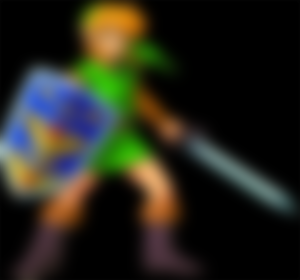
This was likewise the principal Zelda game to have a genuine story to it. The content was composed by Kensuke Tanabe, who had been apparently impacted by crafted by J.R.R. Tolkien. There is significantly more discourse, particularly with Princess Zelda, who was scarcely present in the past two games. There are likewise many side characters littered all through Hyrule. There's the pitiful story, for example, of the elderly person in the Dark World who can at this point don't pay attention to his child's woodwind. On the off chance that you help this man out, you can get the flute and fly around Hyrule. This woodwind would later turn into the reason for the Ocarina. The enormous bit of the game is that Agahnim was only a manikin of the genuine miscreant, Ganon. Ganon was for the most part missing from Zelda II, so his return here helped concrete him as the curve enemy of the Zelda series.
Zelda author Kenji Kondo completely used the SNES to give us the best score that he could. Numerous exemplary staples of the Zelda establishment, similar to "Zelda's Lullaby," "Pixie Fountain Theme," and "Kakariko Village," were first formed for this game. There are likewise chilling new topics like "Hyrule Castle" and the previously mentioned "Dull World."
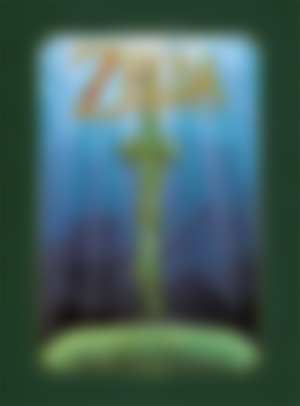
A Link to the Past, similar to The Ocarina of Time, likewise got a manga transformation from that skilled couple Akira Himekawa. The manga is an enhancement for the game's story, including another person by the name of Ghanti. Ghanti is a hoodlum who at first needs to deliver retribution against the champions of Hyrule, yet Link in the long run goes her to his side. There are additionally a lot of minimal inside jokes for the individuals who played the game, similar to the woman in Kakariko Village who yells that Link is a needed man. Every last bit of it, excellent stuff.
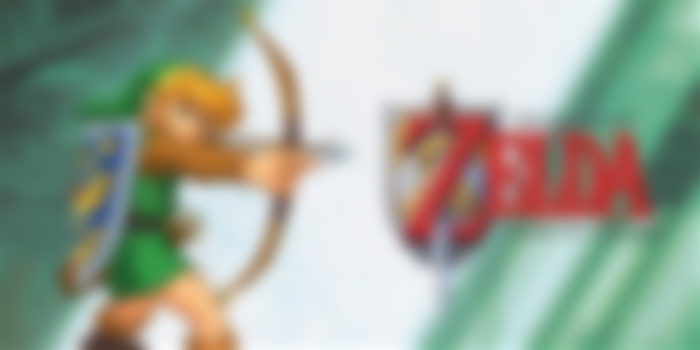
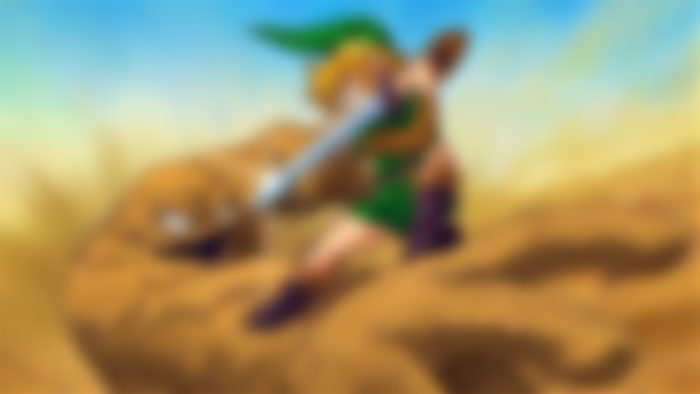
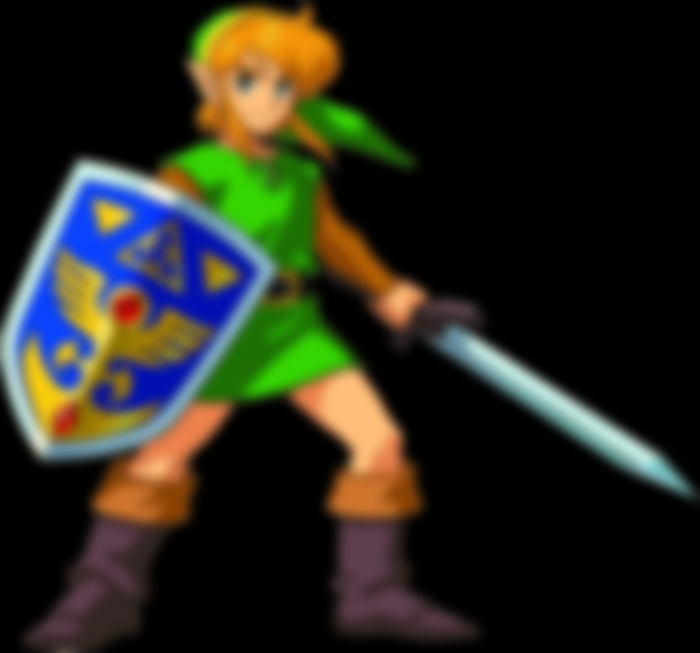

I didn't expect that none of the images in the post will be image from the game. (I guess you used Free-to-use images?) I heard about the manga of Zelda LTTP before but never read it.